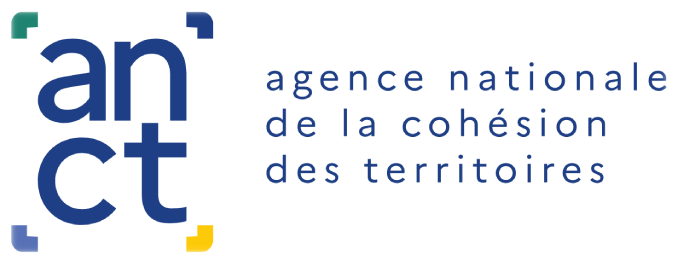The return of home schooling for 12.5 million students has put the digital workspace (DWS) and the Home Classroom system to the test. The difficulties encountered by students and teachers have led to numerous reports.
According to Le Monde, Tuesday, April 6, " the online school services of several regions, including Ile-de-France, had multiple technical failures preventing students and teachers alike from starting in the best conditions a week of distance learning scheduled for the third confinement ... These deficiencies of digital tools of national education and the lack of computer equipment of students lead some teachers to give up the virtual classroom for the days of distance learning.(...) For some, the conclusion is clear: it is necessary to reduce the share of the digital tools to find the simplicity of the paper... with the distribution of handouts in extremis before their departure of the high school, at the end of last week".
According to Le Monde, on April 7, "the technical crash of the digital work environments (ENT), on the morning of Tuesday April 6, for the general resumption of distance learning, took the educational community back one year. When, on March 16, 2020, in the early hours of the first lockdown, part of the digital platforms used by institutions remained unavailable. ... What to lose patience with the most experienced teachers in digital uses. Many teachers, in secondary schools more than in primary schools (where the use of videoconferencing is limited), had chosen to invite their classes, from 9 am, on their respective ENT. A "missed appointment", they testify in number".
Le Monde returns, April 10, on this week "peppered with breakdowns, anger and accusations". "If the services of the CNED seem to have been affected, between Tuesday and Thursday, by computer attacks of the "denial of service" type, the whole of the disruptions of the tools of distance teaching do not fall under this only explanation. ENT and other virtual classroom tools have been affected, as they were a year ago, by millions of simultaneous connections. Five regions were mainly affected at the beginning of the week. The Provence-Alpes-Côte d'Azur (PACA) region did not experience any bugs this week. Far from the media noise, private education, with 2 million students, has not been much talked about. On the first day of the first lockdown, it too had experienced difficulties. This did not happen again.
The French Ministry of Education drew a first assessment on April 9 :"The pedagogical continuity system has enabled many students to follow their education at a distance, using a wide variety of tools and media, thanks to the mobilization of educational teams and families. However, there have been difficulties with the use of certain digital tools made available to students and teachers via the ENT and by the CNED."In the majority of territories, these ENTs worked well. On Tuesday, April 6, the ENTs in five regions showed weaknesses due to the massive and simultaneous influx of connections, which led to congestion and therefore to malfunctions and slowdowns. The rapid mobilization of all the partners (local authorities, service providers, etc.) enabled the system to be restored to normal as of Wednesday, April 7, except in one department in the Ile de France (77) and in New Aquitaine. As for the CNED platform allowing teachers and their students to use the resources of "Ma classe à la maison", it was able to host virtual classes this week:- 918,000 students Tuesday, April 6;
- 827,000 students Wednesday, April 7;
- 1.5 million students on Thursday, April 8."
Références :
Sources
- 1. Distance learning failures push professors back to handouts: 'Doing it our way is always better'
- 2. No matter how hard we try to adapt, the tools don't work": chaotic start for the resumption of distance learning
- 3. The origins of the "bugs" in distance learning: multiple responsibilities
- 4. Department of Education: Education Continuity Week Update - Friday, April 9, 2021





